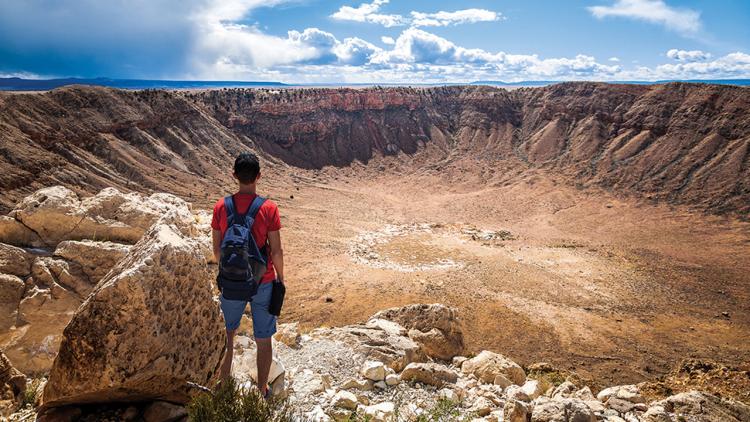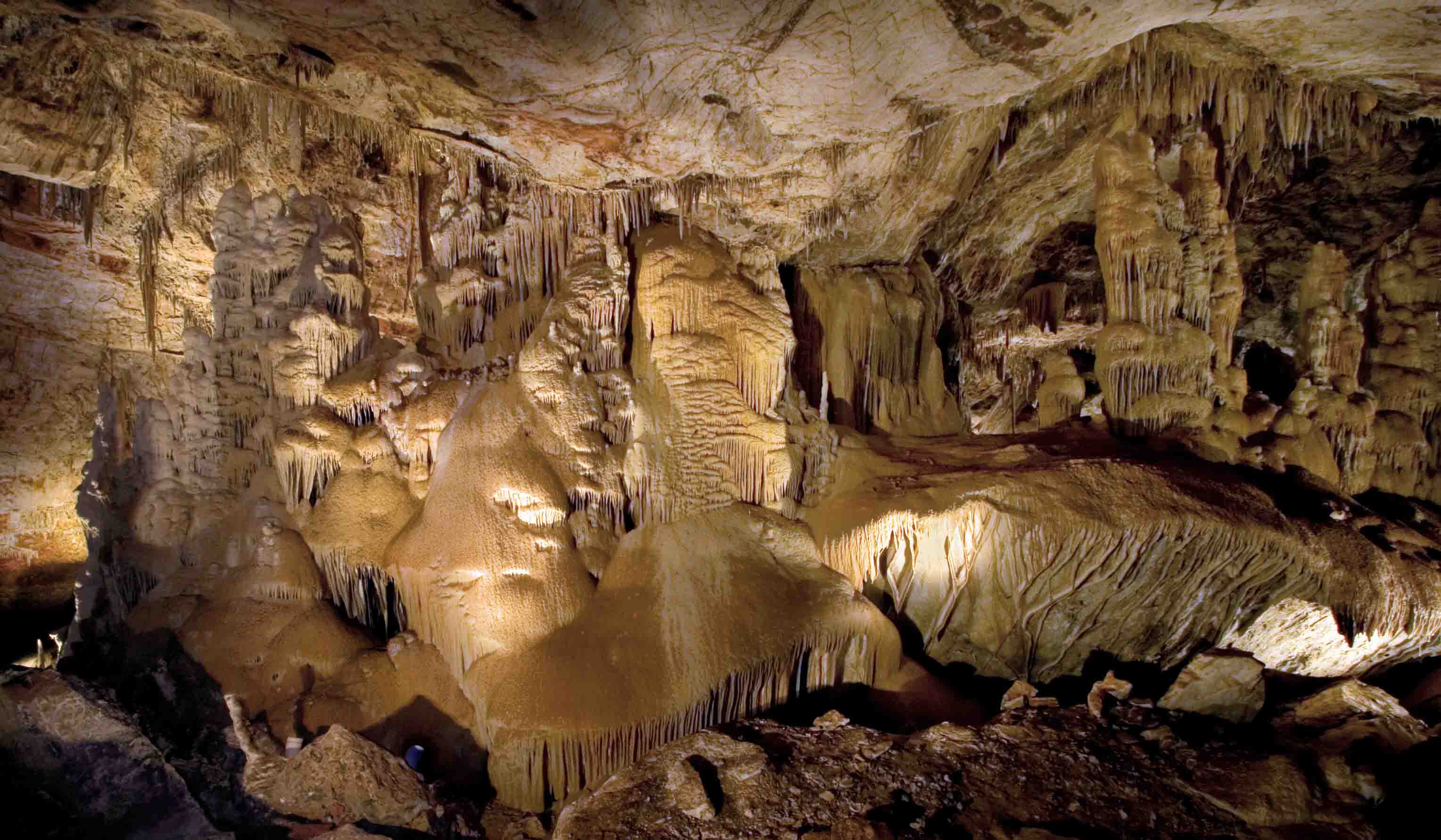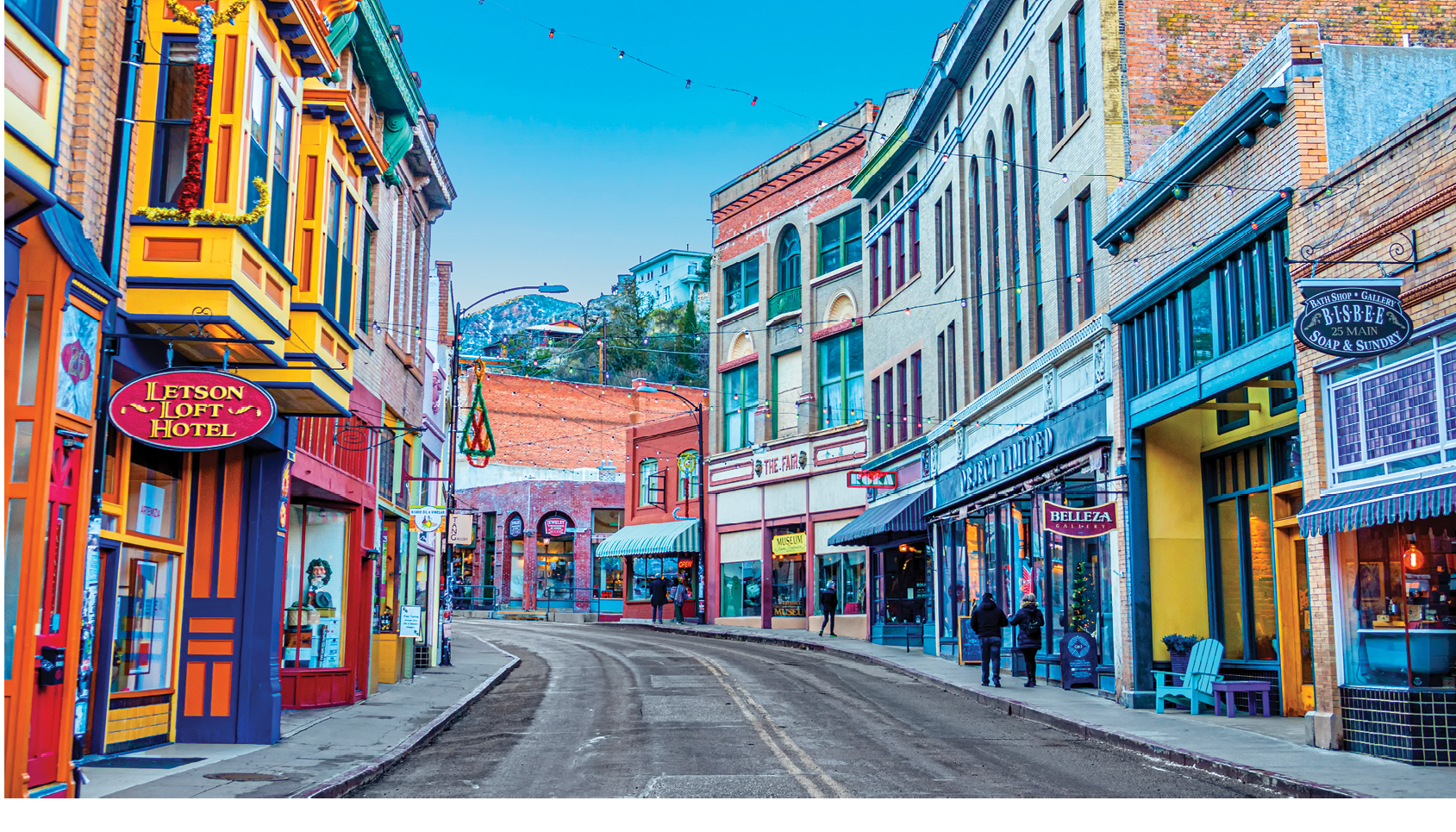Arizona, the stunning Southwest state, beckons travelers with its mesmerizing natural wonders, rich cultural heritage, and vibrant cities. From awe-inspiring canyons to ancient ruins, this sun-drenched destination offers a diverse array of experiences that will leave you spellbound. Whether you’re an adventurer seeking thrilling escapades or a culture enthusiast craving immersive experiences, Arizona promises unforgettable moments. Get ready to embark on an extraordinary journey through our top 10 must-visit attractions for 2024.
Grand Canyon National Park

Undoubtedly one of the world’s most spectacular natural wonders, the Grand Canyon is a sight that leaves visitors awestruck. This colossal chasm, carved by the mighty Colorado River over millions of years, spans an incredible 277 river miles and reaches depths of over a mile. With its layered bands of red rock and breathtaking vistas, the Grand Canyon is a testament to nature’s incredible power and beauty. Explore the South Rim, the most popular and accessible section, where you can marvel at the stunning viewpoints along the Rim Trail or embark on a challenging hike into the canyon’s depths. For a truly unforgettable experience, consider a scenic helicopter or mule ride, offering unique perspectives of this geological masterpiece. Top Attractions:
- Mather Point: One of the most iconic viewpoints, offering sweeping vistas of the canyon.
- Bright Angel Trail: A strenuous yet rewarding hike into the canyon, with stunning panoramas along the way.
- Grand Canyon Village: Home to historic lodges, museums, and visitor centers. Website: https://www.nps.gov/grca/index.htm
Antelope Canyon

Nestled on Navajo land near Page, Antelope Canyon is a breathtaking slot canyon known for its mesmerizing sandstone formations and striking light beams. This natural wonder, sculpted by water and wind over millions of years, offers two distinct sections: the Upper Antelope Canyon and the Lower Antelope Canyon. The Upper Antelope Canyon, a narrow, winding passage with undulating walls and soft light filters, is a photographer’s dream. The Lower Antelope Canyon, on the other hand, features a wider, more open space with striking light shafts that create an otherworldly atmosphere. Guided tours are required to visit this fragile and sacred site, ensuring your safety and preserving its beauty for generations to come. Top Attractions:
- Upper Antelope Canyon: A narrow, winding passage with undulating walls and soft light filters.
- Lower Antelope Canyon: A wider, more open space with striking light shafts.
- Horseshoe Bend: A nearby iconic meander of the Colorado River, offering breathtaking views. Website: https://www.navajonationparks.org/tours/antelope-canyon/
Sedona

Nestled amidst striking red rock formations and towering canyons, Sedona is a true oasis of natural beauty and spiritual energy. This enchanting town, renowned for its stunning scenery and vortex sites, attracts visitors seeking outdoor adventures and tranquility. Explore the numerous hiking trails that wind through the red rock landscape, offering breathtaking vistas and opportunities to connect with nature. Visit the iconic Chapel of the Holy Cross, a striking Roman Catholic chapel built into the buttes, or indulge in the vibrant arts and culture scene that permeates Sedona’s galleries and boutiques. Top Attractions:
- Red Rock Scenic Byway: A 7.5-mile drive offering stunning views of the iconic red rock formations.
- Cathedral Rock: A famous rock formation and a popular hiking destination with moderate to challenging trails.
- Tlaquepaque Arts & Shopping Village: A charming outdoor mall featuring art galleries, shops, and restaurants. Website: https://www.visitsedona.com/
Saguaro National Park

Encompassing both the Tucson Mountain District and the Rincon Mountain District, Saguaro National Park is a desert wonderland that showcases the iconic saguaro cactus. These towering giants, found only in a small portion of the Sonoran Desert, create a otherworldly landscape that captivates visitors. Explore the park’s numerous hiking trails, ranging from easy nature walks to strenuous treks, offering chances to spot diverse desert wildlife and immerse yourself in the tranquility of the Sonoran Desert. Don’t miss the stunning sunsets that paint the sky in vibrant hues, creating a breathtaking backdrop for the silhouetted saguaros. Top Attractions:
- Cactus Forest Drive: An 8-mile scenic loop through the heart of the park’s Saguaro forest.
- Signal Hill Trail: A moderate hike with panoramic views of the Tucson Valley and the park’s saguaro forests.
- Arizona-Sonora Desert Museum: A world-renowned museum featuring a living desert exhibit and educational programs. Website: https://www.nps.gov/sagu/index.htm
Montezuma Castle National Monument

Step back in time and immerse yourself in the rich history of the Southwest at Montezuma Castle National Monument. This well-preserved cliff dwelling, built by the Sinagua people around 1100 CE, is a remarkable testament to the ingenuity and resilience of ancient cultures. Marvel at the intricate construction of the 20-room dwelling, nestled into a towering limestone cliff, and learn about the daily lives and traditions of the Sinagua through interactive exhibits and guided tours. The monument also offers hiking trails and stunning views of the Verde Valley. Top Attractions:
- Montezuma Castle: The iconic 20-room cliff dwelling, a marvel of ancient engineering.
- Montezuma Well: A unique limestone sinkhole featuring a natural water source and ancient irrigation systems.
- Beaver Creek Trail: A scenic hike offering panoramic views of the surrounding valleys and cliffs. Website: https://www.nps.gov/moca/index.htm
Meteor Crater

Witness the awe-inspiring power of an ancient cosmic collision at Meteor Crater, a massive bowl-shaped depression located near Winslow. Formed approximately 50,000 years ago by a massive meteorite impact, this crater measures nearly one mile across and over 550 feet deep. Explore the interactive exhibits at the Meteor Crater Visitor Center, which provide insights into the crater’s formation and the science behind meteorite impacts. Take a guided rim tour or embark on the Discovery Trail, offering breathtaking vantage points of this geological wonder. Top Attractions:
- Meteor Crater Rim Trail: A scenic walkway along the crater’s rim, providing stunning views of the impact site.
- Meteor Crater Visitor Center: Featuring interactive exhibits, a theater, and a large fragment of the meteorite.
- Astronomy Programs: Special events and programs exploring the night sky and celestial bodies. Website: https://meteorcrater.com/
Old Town Scottsdale

Nestled in the heart of the bustling city of Scottsdale, Old Town Scottsdale is a vibrant district that seamlessly blends historic charm with contemporary flair. This pedestrian-friendly area boasts beautifully preserved buildings, art galleries, boutiques, and a lively culinary scene. Stroll along the charming streets, admiring the Spanish Colonial Revival and Mission Revival architecture, and indulge in the array of dining options, from casual eateries to upscale restaurants serving Southwestern and international cuisines. Don’t miss the weekly Scottsdale ArtWalk, where you can explore local art galleries and interact with artists. Top Attractions:
- Scottsdale Museum of Contemporary Art (SMoCA): A cutting-edge museum showcasing contemporary art exhibits.
- Old Town Scottsdale Farmers’ Market: A vibrant market offering locally grown produce, artisanal goods, and live entertainment.
- Scottsdale Waterfront: A picturesque waterfront area with restaurants, shops, and outdoor activities. Website: https://www.experiencescottsdale.com/areas/old-town-scottsdale/
Tucson Birding Trail
For nature enthusiasts and avid bird watchers, the Tucson Birding Trail is a true paradise. This network of trails and sites offers unparalleled opportunities to observe a diverse array of bird species in their natural habitats. From the lush riparian areas along the Santa Cruz River to the arid deserts and mountain ranges, the Tucson Birding Trail covers a wide range of ecosystems, providing a haven for migratory and resident bird populations. Keep your binoculars handy as you explore the various hotspots, guided by knowledgeable local birders or on self-guided tours. Top Attractions:
- Sweetwater Wetlands: A prime location for spotting waterfowl, shorebirds, and raptors.
- Catalina State Park: A desert oasis with hiking trails and opportunities to spot colorful bird species.
- Sabino Canyon Recreation Area: A scenic canyon with diverse habitats and excellent bird-watching opportunities. Website: https://tucsonaudubon.org/birding-in-tucson/
Kartchner Caverns State Park

Discover the underground wonders of Arizona at Kartchner Caverns State Park, home to a remarkable living cave system. This pristine cave, formed over millions of years by the slow dissolution of limestone, boasts breathtaking formations of stalactites, stalagmites, and delicate soda straw formations. Guided tours offer an immersive experience, introducing visitors to the cave’s unique features and intricate ecosystem. Marvel at the otherworldly beauty of the Throne Room and the mesmerizing Kubla Khan formation, and learn about the delicate balance required to preserve this underground treasure. Top Attractions:
- Kartchner Caverns Tours: Guided tours through the living cave system, showcasing stunning mineral formations.
- Hiking Trails: Explore the park’s scenic hiking trails, offering opportunities to spot diverse wildlife and enjoy panoramic views.
- Discovery Center: An interactive center featuring exhibits on the cave’s geology, history, and conservation efforts. Website: https://azstateparks.com/kartchner/
Bisbee

Step back in time and immerse yourself in the rich mining history of Bisbee, a charming town nestled in the Mule Mountains of southeastern Arizona. Once a booming copper mining camp, Bisbee has transformed into a vibrant artist’s colony and a haven for history buffs and outdoor enthusiasts. Explore the winding streets lined with Victorian-era buildings, now home to eclectic shops, galleries, and restaurants. Visit the Bisbee Mining & Historical Museum to learn about the town’s mining legacy, or embark on a underground mine tour for an authentic experience. Outdoor adventures await in the nearby Coronado National Forest, with hiking trails, rock climbing, and stunning vistas. Top Attractions:
- Old Bisbee: The historic downtown district, featuring beautifully preserved buildings and a lively arts scene.
- Queen Mine Tour: A guided underground tour of a former copper mine, offering insights into the area’s mining history.
- Bisbee 1000 Stair Climb: A challenging hike up and down stairs and winding streets, offering panoramic views of the town.
Arizona’s diverse landscapes and rich cultural tapestry make it a must-visit destination for travelers seeking unforgettable experiences. From the awe-inspiring grandeur of the Grand Canyon to the enchanting red rocks of Sedona, and from the ancient cliff dwellings to the vibrant cities, this state offers a tapestry of wonders that will leave you inspired and captivated. Start planning your Arizona adventure today and get ready to create lasting memories in this breathtaking corner of the American Southwest.
Did you like this article? Do not hesitate to share it on social networks and subscribe to Discover the World on Google News to not miss any articles!